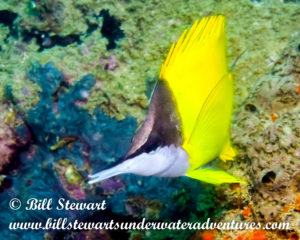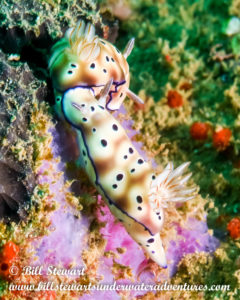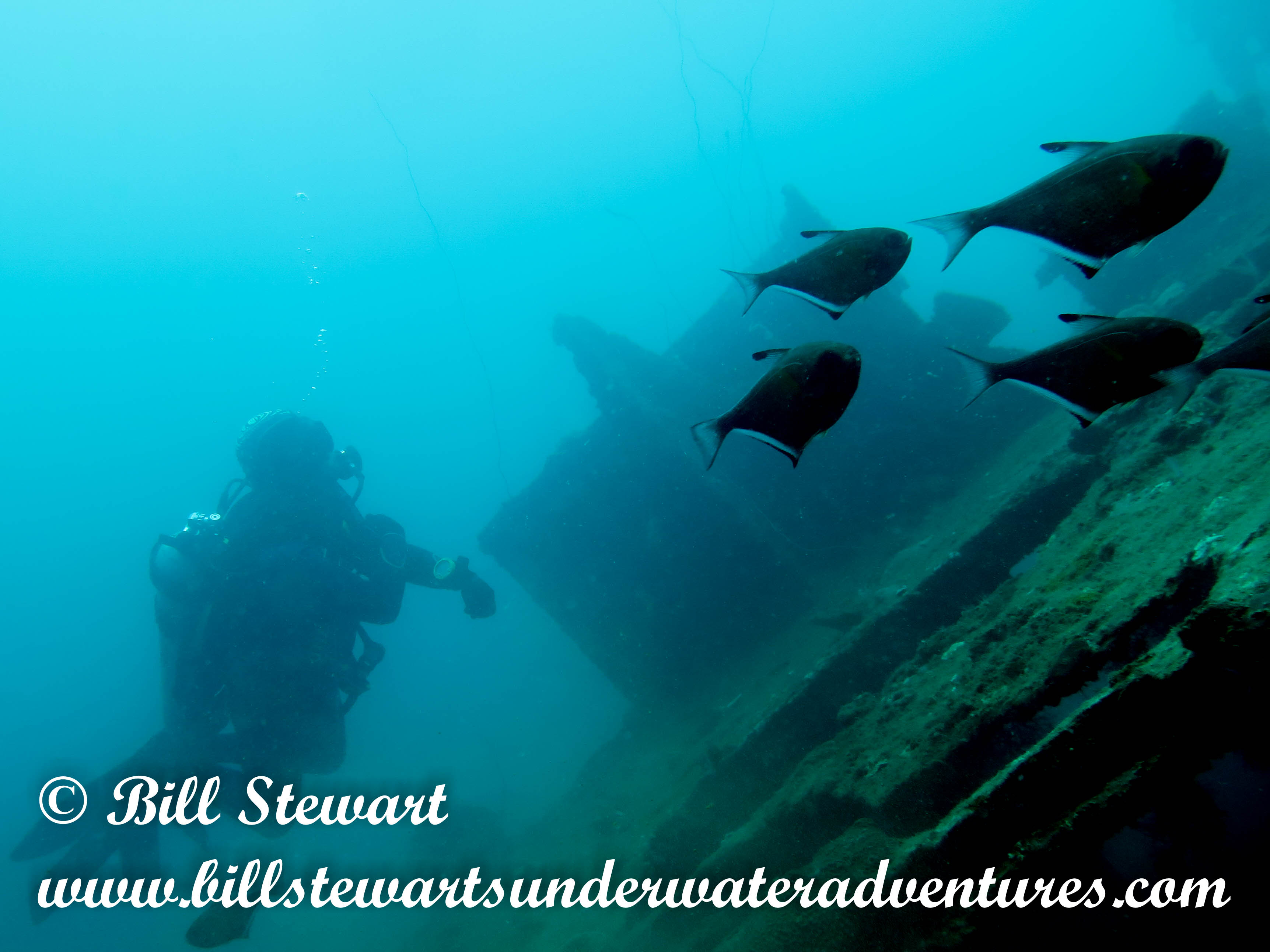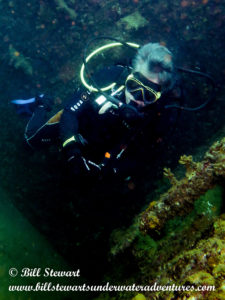I checked out of my hotel the next morning after DRT on September 11th and caught a cab to the bus station in Cubao. From there I got on a bus to Olongapo where I caught a jeepney to Barretto. I arrived roughly 4 hours later (traffic has been horrible in Manila) still recovering from jet lag with the 13 hour time difference.
One of the nice things about Subic Bay for people who will be traveling there from out of the country, is how easy it is to reach from Manila. Take a cab from the airport (if you’re flying in) to the Victory Terminal in Cubao. Taxi should be around 300 pesos, give or take depending on traffic and route taken. If they want to negotiate a flat rate keep this in mind. It they take the toll road they will want you to pay the toll and that’s fair as it’s saving time. Sometimes taxi drivers in Manila don’t want to use the meter because they feel they aren’t getting adequately compensated because of the amount of time spent sitting in traffic. I’m not totally unsympathetic to this so take into account when negotiating or tipping. I don’t tip on negotiated rates so if the asking price is within the range I would probably tip anyway, then it’s an easy negotiation. If they know that I know what the meter rate would be it’s easier to get them to come down. Expect roughly 350 with tip plus tolls. I sometimes offer “meter plus 50 pesos” and they will pretty much always agree to that. Just some things to keep in mind while negotiating 🙂
In Cubao, hop a bus to Olongapo (205 pesos). From there you can catch a taxi or trike to where you need to go. Going rate for a trike from Victory Terminal in Olongapo to Barretto is a 150 pesos. I almost always take a trike if I have dive gear with me as it’s just too much trouble in a jeepney 🙂 A taxi/van will be around 350 pesos. So to get from the airport in Manila to Arizona would be about $15 dollars US via public transport. A bit over $20 if you take a van instead of a trike from the terminal in Olongapo. A private van to pick you up is more convenient but expect to pay at least 5000 pesos ($100 bucks). If you’re in a group though the difference may make the convenience worth it 🙂
I stayed at The Coffee Shop Restaurant and Rooftop Hotel a Filipino-owned place whom I’ve mentioned previously here in my blog. The Coffee Shop Restaurant is open 24 hours and serves good Filipino food. I’ve eaten there many a night. They’re also known for their tacos which are huge! A standard room in their Rooftop Hotel is 1095 pesos a night (little less than $22 dollars at the current exchange rate). I consider the rooms to be US standard. Rooms are clean and well-maintained. There is free wi-fi included and the rooms have cable television which include HBO and Cinemax as well news channels from the US, Discovery Channel, History Channel, etc.. I go there sometimes just to relax after I’ve been diving somewhere else in the provinces because the amenities are all there at a reasonable price.
Across the street is Arizona International Resort, an Australian-owned operation, which is beachfront on Subic Bay. I’ve spoken with the folks at the Arizona Dive Shop a few times as I have spent a lot of time in the Olongapo area the last couple of years. I eat in the resorts restaurant on a fairly regular basis when I’m in town and would occasionally stop in to chat with the guys in the dive shop. Their Economy Rooms are 1350 pesos a night (cash price) with a Standard Room going for 1550 pesos. About $27 and $31 dollars a night respectively. They do offer package deals if you are diving with them according to their website. If I were coming just to dive I’d look into that. I’ve never stayed at Arizona, as I spend time in Olongapo as much as to relax and catch up on things as to dive. Arizona does have a great reputation, though and my experience with the restaurant, bar operation and dive operations bear that out. I can say it is very convenient to stay at the same place you’re diving speaking from past experience. Since retirement though I try to save money where I can with only the occasional splurge… that leaves more money for diving 🙂
For places to eat and drink I’ve eaten in the Arizona restaurant quite often over the last couple of years when I’ve been in town. Their restaurant is one of the better ones in the area in my opinion. I eat breakfast usually at Arizona are at VFW. VFW is further down the road on the left just across from Crazy Horse Bar and next door to Sit-in-Bull Annex. I usually have dinner at Sit-in-Bull Restaurant on Del Pilar Street which is American-owned and operated and in my opinion the best restaurant in Barretto. If I don’t have dinner at Sit-n-Bull I go to Arizona and occasionally to Shamboli’s, an Italian place also American-owned which is just a few minutes walk from Arizona. For Filipino food Coffee Shop is one of the most popular. For drinks, I like Dynamite Dicks, Two Can, or Sit-n-Bull Annex. Those are the essentially “neighborhood” bars. Score Bar is on the premises at Arizona and has plenty of big screen tv’s. Arizona also has a Floating Bar when it’s not typhoon season and that is a cool place to relax too.
Now about the dive operation…. Arizona is a PADI 5 Star Resort and offers training all the way up to Instructor Development Courses and Specialty Instructor courses. They have a reputation as one of the premier dive operations in the area. I’ve run into people who have dived and taken courses with them over the last couple of years and always heard good things about them. I’d also spoken with Kent Simmonds the dive shop manager a few times. Kent is from Australia and is a very personable guy. Arizona has a strong focus on offering good training. With their great location being on Subic Bay people come from all over for training in Wreck, Deep, and EANx. With such a great reputation I decided I would do a few dives with them myself so I could form my own opinion.
The operation is quite professional with high standards. Their boats all carry oxygen onboard and their boat crews are trained in first aid/CPR and as oxygen providers. They provide hot towels after your dive to wipe your face which is a nice touch and free hot snacks, along with coffee, tea, and water on the boat during surface intervals. They go out twice a day and try to allow guests to choose the dive sites they want to dive on when conditions allow.
I’ve almost always had Filipino dive guides over the years except for a couple of times I dived with the owner of a dive operation which happened I think as much as because they were really busy as anything else. This time my guide was James Sims one of the instructors there. A companionable and down to earth guy who was very knowledgeable about the wrecks and their history. James, who is from England has been an instructor for just a year but has a 100 certifications under his belt already. He calls himself a bit of a “metalhead” and loves diving the wrecks. He did a thorough dive briefing before each dive and was quite familiar with a lot of the history surrounding the wrecks. A lot of the experience for wreck divers I think is the history of the wreck they are diving on so diving with someone who is familiar is a nice plus!
I did 5 dives with Arizona over the course of 2 days September 14th and 15th. Barges, San Quentin, and LST all dives I’ve done multiple times (Barges and San Quentin are two of my favorite dive sites in Subic). They also took me too two dive sites I’d not dived previously, Beer Barrels and the Skyraider wreck which I quite enjoyed.
The first dive on the 14th was Beer Barrels. Beer Barrels is a large structure composed of steel trusses, with large cylinders inside of it. The cylinders reminded someone of beer barrels, hence the name. The structure was alive with life including black and green frogfish, lot’s of scorpionfish, spider crabs, nudibranchs, and even a lobster! There were also the usual suspects, lots of fish life which can always be found around any large underwater structure. It’s a square profile as it sits in approximate 100 feet in open water so we were on 32% nitrox. Our dive started at 3:16 PM and was 38 minutes. My maximum depth was 97 feet. Visibility was maybe 30 feet and water temperature was 83F. This could easily become my new favorite dive site! 🙂 This was my first dive with Arizona and was a great dive! James impressed me with his ability as a spotter also. A really great start 🙂

In addition to Beer Barrels, on September 14th we also dived the Barges near Grande Island. One of my favorite dive sites in Subic Bay it was a floating dock that eventually sank after it was abandoned. The sections of the dock form a rough “T” and sit on a mainly sandy bottom. There is some separation of the sections. One side drops off from roughly 20 feet to around 60 feet. The other drops to over a 100 feet. The wreckage is a haven for a large variety of marine life. When I think about the photos I’ve taken at this site peacock mantis shrimp, nudibranchs, snapper, lionfish, pufferfish, butterflyfish, cardinalfish, all come to mind. I’m absolutely positive I’ve lost track! This dive was very typical of my previous experiences there. We did a 51 minute dive there. Visibility was typical at about 40-45 feet. Water temperature was 84 degrees Fahrenheit.

The first dive on the 15th was the LST. LST’s (Landing Ship Tanks) were a very versatile ship designed for transporting tanks and vehicles. Over a 1000 of them were built in the US during WW II. Many were later converted to use as floating repair ships, hospital ships, troop transports, or floating barracks for accommodations.
This one sits upright on a sandy slope on the eastern side of the bay in 90-118 feet of water. Our dive started at 9:40 AM and was 44 minutes diving with 32% nitrox. Maximum depth was 100 feet and water temperature was 84F. Visibility, as is often the case closer in to the shore was less than 30 feet. As always the wreck was alive with fish. We did a limited penetration and then we roamed around the exterior of the wreck looking for subjects for my camera. An enjoyable dive!

Our second dive on the 15th was the San Quentin, another of my favorites that I’ve written about before. The San Quentin was a Spanish gun boat that was scuttled at the entrance to Subic Bay in 1898 to block the American Navy from entering during the Spanish-American War. Although the ship is largely deteriorated, the stern with it’s rudders, along with the boilers and the bow are all still easily recognizable. It sits in shallow enough water to give good light and the visibility is almost always good. In the past I’ve observed that when other sites within the bay had poor visibility due to weather, San Quentin (along with Barges) was the go too site as it’s almost always good there lying as it does near the entrance to the bay. It’s close by Barges as it’s just to the southeast of Grande Island.

Our dive on San Quentin started at 11:24 AM and lasted for 61 minutes. We were diving 32% nitrox. There was tons of fish swarming around. Quite a few nudibranchs. I spent some time stalking a coral grouper with limited success. I’ve spotted everything from flying gunard’s and blue-spotted ray’s on the sand surrounding the wreck to various species of nudibranchs, and lot’s of sweetlips, jacks, and grunts around the wreck. A very nice dive and as I mentioned one of my favorites in Subic Bay. Water temperature was 85F and visibility was around 40 feet.

The third dive on the 15th was Skyraider. This was another dive site that Arizona took me to that I had not dived previously. The Douglas A-1 Bomber, known as the Skyraider, was used extensively during the Korean War. It was still being used when this one lost power and crashed just off the end of the runway on 27 April 1964.

Another deep dive with a square profile we opted for 28% nitrox. The wreck is intact and sits upright on the bottom in 118 feet of water. The wreck was alive with fish and other marine life. I spotted two different species of grouper, numerous cardinalfish, along with tiny shrimps in the cockpit. Maximum depth was 116 feet and our dive was 27 minutes. Even with nitrox you can only stretch it so long without running into deco 🙂 Water temperature was 83 degrees Fahrenheit and visibility was only about 20 feet.

Back at the shop the crew took care of washing my dive gear and hanging it up to dry. I let it hang and dry and just picked up my gear later when I came in to settle my bill. I met James later that evening at the Score Bar with a couple of guys who’d just completed their Divemaster training with Arizona for a couple of beers. It was an enjoyable experience and I’m sure I’ll be diving with them again!
On Sunday morning, September 17th, after breakfast at Arizona, I packed and checked out of my hotel. Grabbed a trike and started my journey to Bauan Divers Sanctuary who I’ll be writing about in my next blog post.
If you enjoy reading about my adventures, why not take a moment to subscribe so you never miss a post? Just click on the button at the top of the page!






















